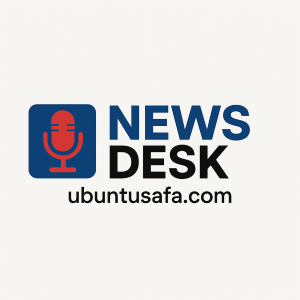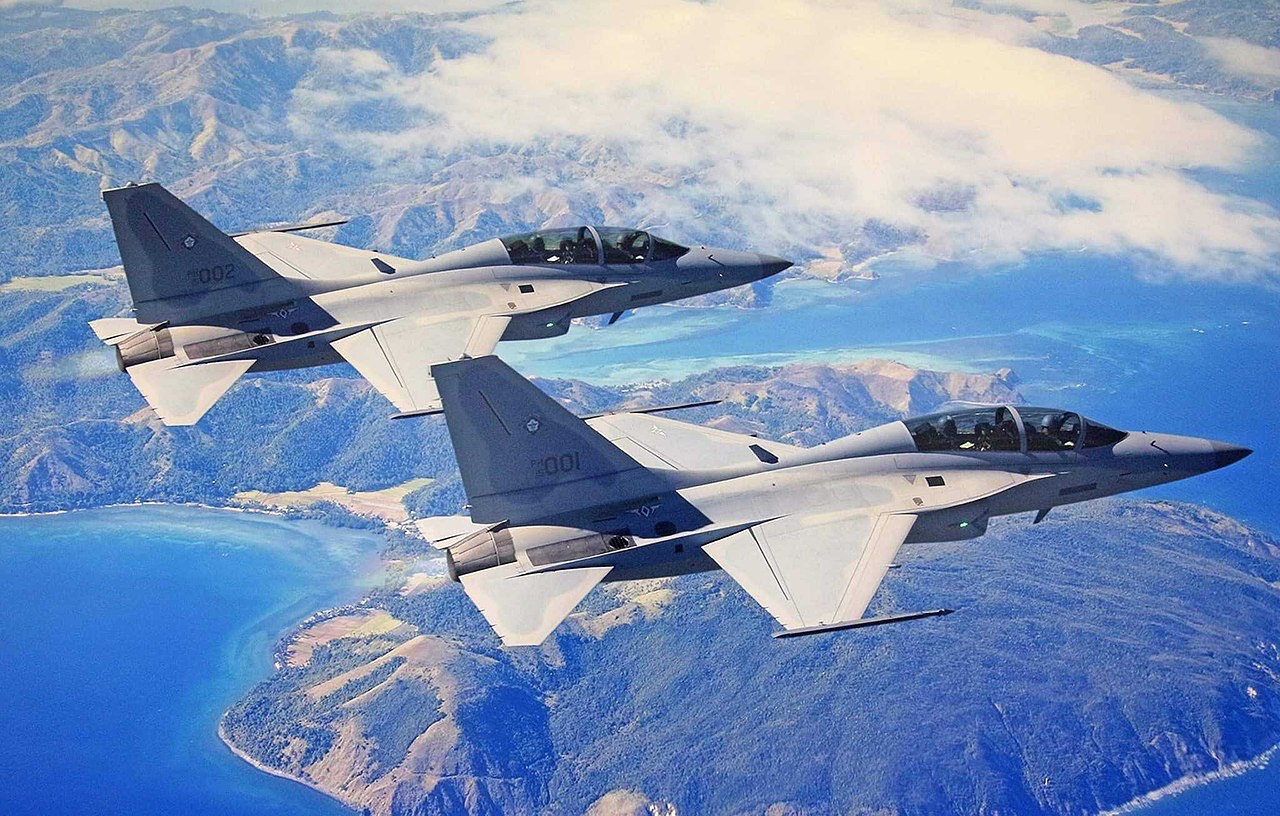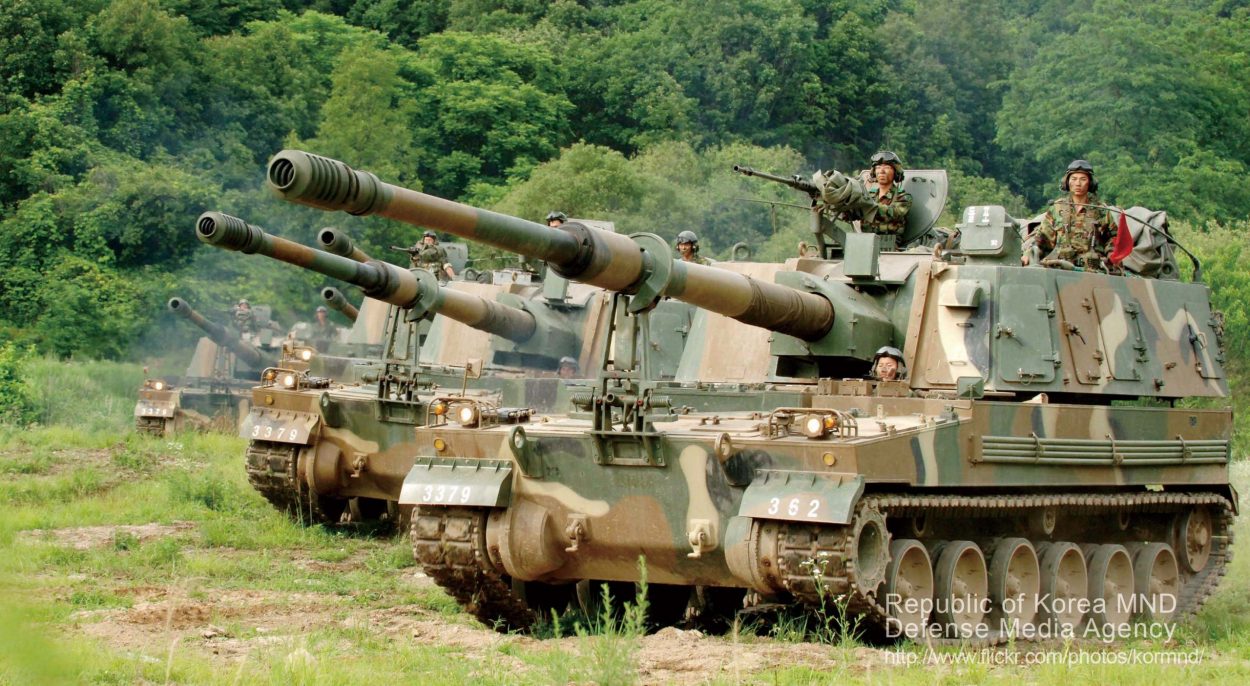“Seizing” U.S. Defense Contracts, How Key American Ally In Indo Pacific Is Winning Big Military Deals In Washington’s Bastion

Once a perennial buyer of foreign weaponry, South Korea has undergone a quiet but profound transformation. In just over a decade, it has shifted from dependence on US-made systems to becoming one of the world’s fastest-growing arms exporters.
In 2025, its defense industry isn’t just catching up—it’s outpacing traditional suppliers, securing multibillion-dollar deals across continents and establishing itself as a vital player in the global arms market.
Across Europe and Asia, Seoul is securing major contracts. Poland, India, and the Philippines are among several nations finalizing large-scale deals, drawn not just by the cost-effectiveness of Korean systems, but also by their reliability and technological edge.
Backed by strategic alliances and an increasingly self-sufficient defense sector, South Korea is becoming a global supplier of deterrence. The transformation is underway—measured, intentional, and impossible to ignore.
South Korea’s Defense Export Blitz
Poland: South Korea is closing in on a $6.7 billion deal to supply Poland with a second batch of 180 K2 tanks—117 built by Hyundai Rotem, with the rest to be assembled locally by PGZ.
This follows a 2022 framework that includes nearly 1,000 K2 tanks, 648 K9 howitzers, and 48 FA-50 jets—Seoul’s largest defense export package to date. The deal cements South Korea’s role as a key arms supplier to NATO allies amid global arms shortages.

Philippines: In June 2025, Korea Aerospace Industries (KAI) inked a $712.8 million contract to deliver 12 FA-50 fighter jets to the Philippines by 2030, deepening defense ties with a key U.S. partner in Southeast Asia.
India: In April 2025, Hanwha Aerospace signed a $254 million agreement to supply K9 self-propelled howitzers to India, with deliveries scheduled by 2030 in collaboration with local partner Larsen & Toubro.
Saudi Arabia: Last year, Saudi Arabia signed a $3.2 billion agreement to acquire South Korea’s KM-SAM Block II air defense systems—a significant addition to Seoul’s growing list of major arms export deals. The contract covers the sale of 10 medium-range surface-to-air missile batteries, marking a key milestone in South Korea’s expanding presence in the high-tech defense sector.
Iraq Opportunity: At the IQDEX 2025 expo in Baghdad, South Korea pitched a broader defense package to Iraq, including KUH-1 helicopters, FA-50 jets, and mobile air defense systems. Talks are underway to expand on an earlier $92.7 million helicopter deal signed in late 2024.
South Korea’s low-key but relentless push into global arms markets signals a shift—one where the once-import-heavy nation is now shaping defense postures from Eastern Europe to the Indo-Pacific and the Middle East.
South Korea’s Quiet Rise As A Global Arms Power
South Korea’s defense industry has undergone a quiet revolution. Once reliant on U.S. military support, Seoul has steadily built a self-reliant defense sector, now ranked among the world’s top 10 arms exporters.
What was once an import-heavy system is now a thriving export engine, reflecting a strategic pivot as much as an economic one.
The transformation has been especially striking over the past few years. From steady annual exports of $2–3 billion before 2020, South Korea’s defense sales skyrocketed to $7.3 billion in 2021, peaking at $17.3 billion in 2022.
Though figures dipped slightly to $14 billion in 2023 and $9.5 billion in 2024, momentum hasn’t stalled. Seoul is now projecting a rebound to $23 billion in arms exports in 2025, driven by mega-deals with Poland and Saudi Arabia.
Behind this push is a clear ambition: to capture 5% of the global arms market by 2027 and become the world’s fourth-largest defense exporter. President Yoon Suk Yeol has made this a national priority, backing it with a $770 million investment fund for defense research and development, as well as industry growth.
Even as traditional suppliers struggle to meet rising global demand and limited production, South Korea is stepping in, offering reliable, advanced, and timely military solutions. Its rise isn’t just about numbers; it’s reshaping the global defense landscape, one contract at a time.
Government-Backed Industrial Push
Seoul’s defense export surge is not accidental. It’s the result of a coordinated national strategy.
At the heart of Seoul’s export model is a flexible, client-centered approach: tailoring systems to customer needs, offering technology transfers, and establishing local production lines. This model has proven especially attractive to countries seeking to develop their own defense industries while leveraging cutting-edge platforms.
Over the past decade, Seoul has significantly expanded its reach. In 2023 alone, it exported arms to 12 countries—up from just four a few years prior—with the variety of systems shipped expanding from six to 12 categories.
The message is clear: South Korea is not just scaling up, it’s diversifying and adapting.
To accelerate this momentum, the South Korean government and ruling People Power Party unveiled a new USD 2 billion initiative earlier this year, targeting 10 key national defense export areas over the next two years.
The plan focuses on emerging tech sectors, including artificial intelligence, aerospace, and advanced materials, aligning military exports with South Korea’s broader high-tech ambitions.
Support measures are also being extended to small and medium-sized defense firms. These companies will be eligible for grants of up to KRW 5 billion ($3.6 million), in addition to increased financing from state-run institutions such as the Export-Import Bank of Korea and the Korea Trade Insurance Corporation.
Recognizing the manpower constraints in a high-demand sector, the government is also loosening labor rules. A new special overtime permit will allow arms manufacturers to extend working hours up to 64 hours per week, for as many as 180 days annually—a major departure from current labor laws.
In parallel, Seoul is establishing a 15-member advisory committee under the state arms procurement agency, composed mainly of civilian experts. Its mission: to sharpen South Korea’s edge in defense technology exports and steer the sector into the future.
This whole-of-government push reflects President Lee Jae-myung’s broader industrial vision—positioning defense alongside semiconductors, EV batteries, and automobiles as one of South Korea’s four strategic pillars for global competitiveness.
Corporate Giants Driving Global Expansion
South Korea’s leading defense firms are riding a powerful wave of exports.
According to The Chosun Daily, the country’s top four players—Hanwha Aerospace, Korea Aerospace Industries (KAI), LIG Nex1, and Hyundai Rotem—are projected to surpass a combined 100 trillion won (around $72 billion) in order backlogs by the end of this year, marking a historic high.
These companies maintain high-output production lines primarily for domestic supply, but with built-in flexibility to pivot quickly toward fulfilling international contracts—a key factor behind South Korea’s rapid scaling in the global defense market.
South Korea’s export portfolio is as diverse as it is strategic.
Key Systems Making Their Mark Globally Include:
T-50 advanced trainer jets, sold to Indonesia ($4 billion) and Thailand ($110 million), positioning Seoul as a serious player in military aviation training.
K9 Thunder self-propelled howitzers, now fielded by India, Turkey, Finland, Norway, Poland, Egypt, and Australia, are an artillery platform that has become synonymous with reliability and mobility.

Military vehicles supplied to the Philippines ($345 million), strengthening defense ties across the Indo-Pacific.
Cheongung II surface-to-air missiles were delivered to the UAE in a landmark $3.5 billion deal, highlighting South Korea’s emergence in the high-tech missile defense arena.
Together, these exports underscore a broader shift: South Korea’s defense manufacturers are no longer just national suppliers—they’re global solution providers, steadily gaining ground in markets once dominated by traditional Western arms exporters.
What’s Fueling South Korea’s Defense Export Boom?
Geopolitical tensions and regional conflicts are propelling South Korea’s defense exports to new heights. While South Korean law bars direct sales to active warzones, Seoul has found growing markets in countries on the frontlines of conflict—particularly in Europe.
The 2022 war in Ukraine marked a turning point. South Korea struck its largest-ever arms deal with Poland, followed by sales to Finland, Norway, and Estonia—all NATO countries bordering or near Russia. Korean-made K2 tanks and K9 howitzers are now edging out European competitors, including established German firms, in both Europe and markets like Australia.
Why the demand? South Korean weapons are seen as “cheaper, better, faster”—cost-effective, quickly produced, and reliable. This edge comes from decades of defense investment driven by the constant threat from North Korea and deep interoperability with U.S. and NATO forces through joint exercises.
There’s also a long game at play: once a nation adopts South Korean platforms, the high switching costs often lead to continued purchases and stronger defense ties. This ‘lock-in effect’ is helping Seoul turn one-time sales into lasting strategic partnerships.
A Quiet Superpower In The Making
South Korea is reshaping the global defense industry with quiet confidence, bridging gaps left by overstretched Western suppliers and offering an attractive alternative for militaries looking to modernize at speed. What began as a strategic necessity has become a defining national strength.
From Eastern Europe to the Indo-Pacific and the Middle East, South Korea is no longer just a buyer, or even a regional player—it is becoming a global supplier of deterrence. The transformation is real, deliberate, and still unfolding.
- Questions and Answers
- Opinion
- Motivational and Inspiring Story
- Technology
- Live and Let live
- Focus
- Geopolitics
- Military-Arms/Equipment
- Security
- Economy
- Beasts of Nations
- Machine Tools-The “Mother Industry”
- Art
- Causes
- Crafts
- Dance
- Drinks
- Film/Movie
- Fitness
- Food
- Games
- Gardening
- Health
- Home
- Literature
- Music
- Networking
- Other
- Party
- Religion
- Shopping
- Sports
- Theater
- Health and Wellness
- News
- Culture

